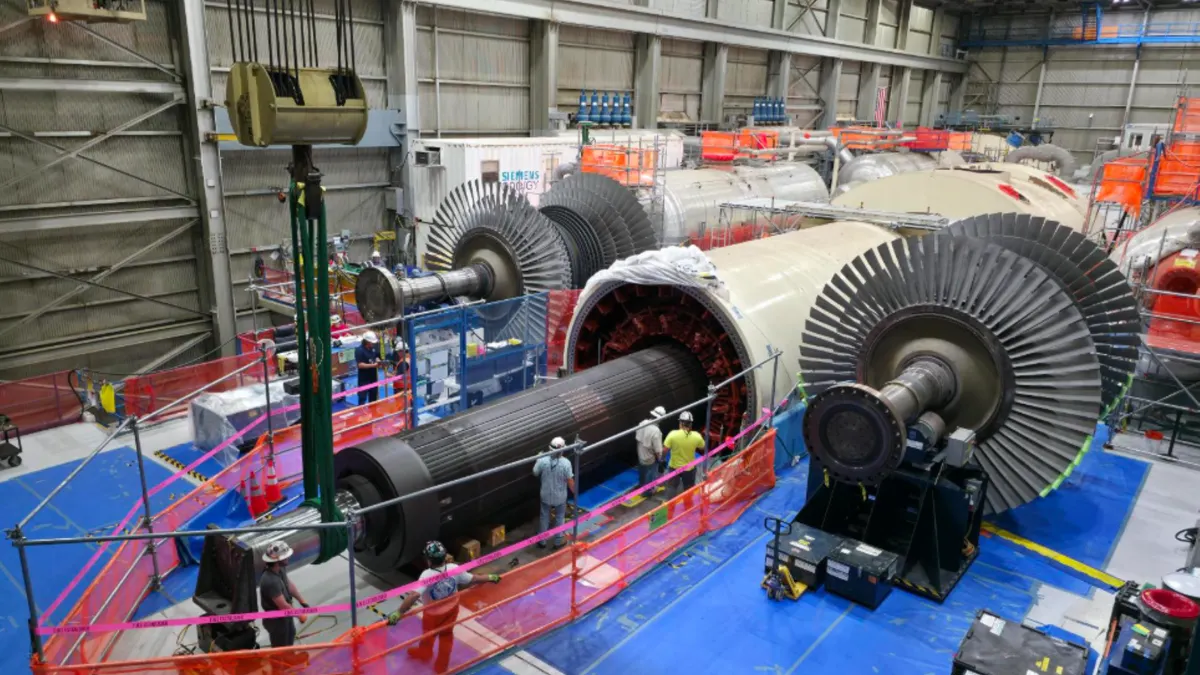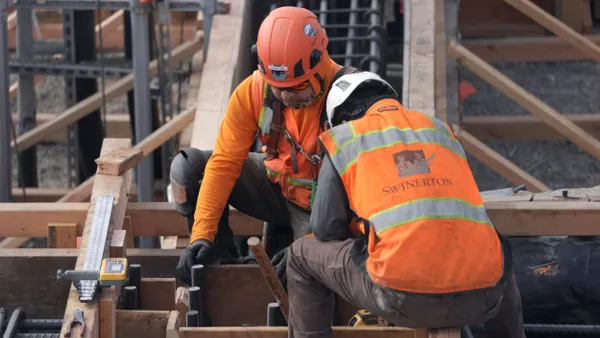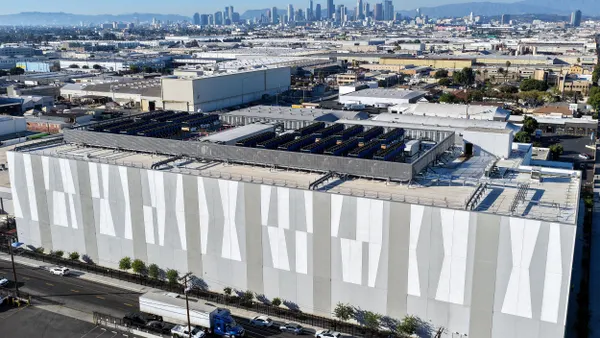When a US customer turns on a light switch, ‘99.98’ times out of 100, it will turn on. However, if a US customer raises their cell phone to get service, there’s only an 86% chance they’ll get a signal.
In our 2017 Utility Customer Study, we explored the topic of electric utility reliability, both in comparison with other service providers and with other electric utility attributes. The results were not as intuitive as one might think.
Finding 1: Cell phone providers are regarded as being more reliable than electric utilities
Research Finding. We asked respondents to select a word (out of 14) that they felt best described their electric utilities. Words selected most often were ‘ordinary’ and ‘reliable,’ followed by ‘competent,’ ‘up-to-date’ and ‘boring.’ There were also words that were never selected: ‘sophisticated,’ ‘intelligent,’ ‘exciting’ and ‘imaginative.’ To get a relative sense of performance, we asked the same question about the customers’ cell phone providers. Cell phone providers outperformed utility providers across all of the top-ranked positive attributes (‘reliable’, ‘competent’ and ‘up-to-date’). Most significantly, 8% more customers viewed their cell phone provider as ‘reliable’ than their electric utility.
Interpretation. When a system is already at >99% reliability, it is more difficult to impact customer perceptions through incremental improvements. In contrast, a cellphone provider that builds cell towers to increase coverage in a dead zone can impact a consumer’s experience quite significantly, creating a lasting impression of increased reliability.
Utility Communications Opportunity. Not only can utility providers remind customers of the near-perfect reliability of their service, but the fact that it is offered at a very affordable price shows that electric utilities are unparalleled in their operational excellence. The notion that electric utilities provide unbeatable, affordable reliability may not yet engender appreciation by consumers today, but it is no coincidence that 80% of respondents do NOT believe they spend too much on electricity.
Finding 2: The more ‘reliable’ that electric utilities were in a given region, the less ‘up to date’ they were.
Research Finding. We broke down the research findings by regions: West, Midwest, South, and Northeast. Ironically, there was an inverse relationship in the way customers ranked their utility as reliable and up to date; the more reliable they viewed their utility, the less up to date they found it. This negative correlation was most significant among all possible word pairs.
Interpretation. In regions where weather-related reliability has been an issue, people tend to pay more attention to their electric utilities and their efforts to restore service. As a result, any improvement in outage experience that a customer witnesses over time – e.g. better outage reporting and notification, improved time to restoration, etc – the more ‘up to date’ the utility is perceived to be. In fact, the ‘up to date’ experience may also have nothing to do with the outage itself – e.g. learn about our clean energy options – but it is the fact that customers try to reach out to their utilities that successfully exposes them to the messaging.
Utility Communications Opportunity. Reliability has been a table stake for utilities for decades, but being ‘out of sight’ (i.e. no incident) has led to being ‘out of mind’ among many utility customers. Proactively messaging on up-to-date topics that the 2017 Utility Customer cares about – e.g. clean energy solutions, DIY tools – is an important way to align innovative thinking with utilities’ core value proposition of reliability.









